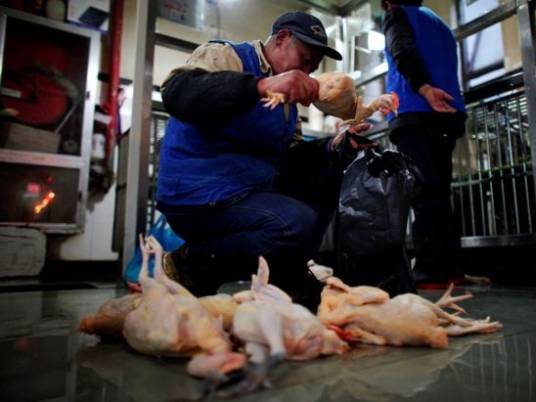
More than 35 countries have been hit in a surge in bird flu outbreaks since early last year, killing tens of millions of poultry, the World Organisation for Animal Health (OIE) said on Tuesday.
U.S. poultry and egg producers have been grappling with a record outbreak of avian flu, mainly the H5N2 strain, that has led to the culling of more than 33 million birds since December last year and is now threatening supplies.
Highly pathogenic H5N8, which like H5N2 has not been found in humans, was also reported in a few U.S. states, according to the U.S. Department of Agriculture.
The H5N8 strain was discovered early last year in Korea and China, and reached Japan soon afterwards.
"From there the strain probably spread with migratory wild birds to India, Europe, Canada and later the United States of America," the OIE said in a statement.
The Paris-based organisation urged its 180 member countries to better apply biosecurity measures in farms, live bird markets and in trade, and step up surveillance to curb the spread of the disease.
OIE data shows 28 countries were hit by outbreaks of the highly pathogenic H5 and H7 types of bird flu since the start of 2015, up from 19 countries affected in 2014 and 14 countries in 2013.
A global epizootic — an epidemic outbreak in animals — of H5N1 bird flu, which emerged in early 2004, led to several cases in humans, of which more than half proved fatal. It also led to the death of tens of million poultry, OIE said.
Although a pandemic was averted, the H5N1 strain is still present. Several outbreaks have been confirmed in West African countries in recent months, and the epidemic continues in Egypt, in Israel and the Palestinian territories.
